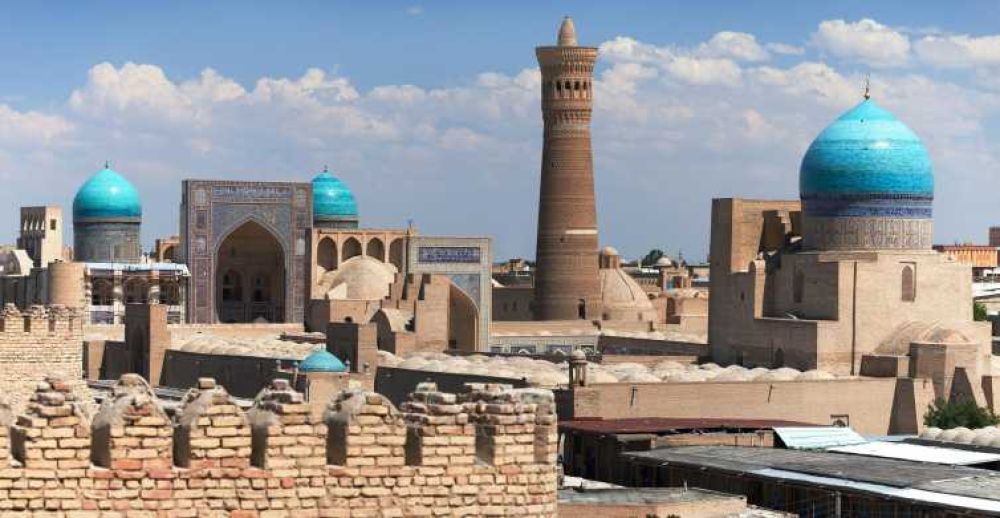Magoki-Attari Mosque, believed to be one of the oldest surviving mosques in Central Asia, sits in the historical city of Bukhara, Uzbekistan. Originally constructed in the 9th century on the remains of a Zoroastrian temple, it has undergone numerous transformations over the centuries. The mosque's current form dates back to the 12th century, and it has functioned variously as a mosque and a carpet museum in recent history. The name 'Magoki-Attari' translates to 'Deep Pit' in Tajik, which reflects its lowered foundation compared to the current street level. This feature is a glimpse into the changing urban landscape of Bukhara, as the city levels rose over time due to accumulated debris and construction. The mosque's facade is masterfully decorated with intricate brickwork and carved stucco, featuring Islamic motifs and calligraphy. It exemplifies the classical architecture of the region and provides insight into the city's historical significance as a spiritual and commercial hub along the Silk Road. Today, it remains a popular tourist attraction and a testament to the rich cultural tapestry of Uzbekistan.

